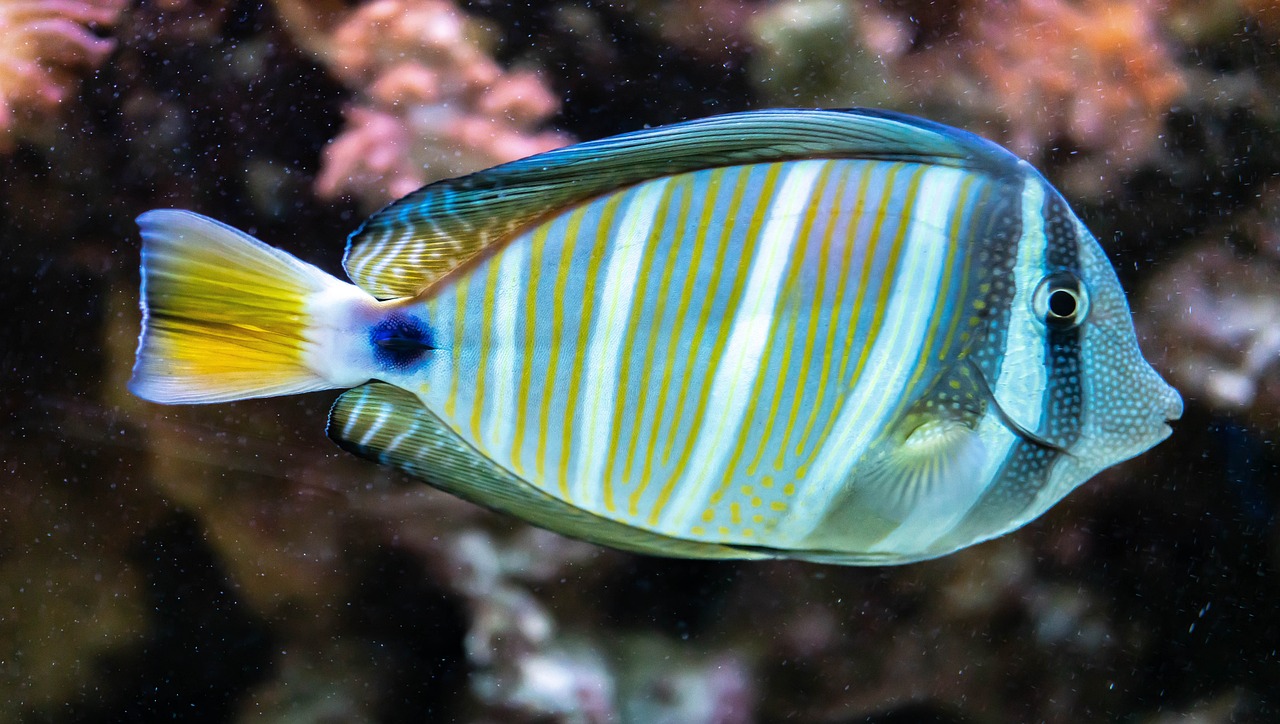
Pre-reading questions:
- What animals do you know of that have stripes on their bodies? How do these stripes help them in their natural habitats?
- Have you ever wondered why zebras have stripes? What are some possible explanations for their stripes?
Vocabulary:
- conduct /kuhn-DUHKT/
- leopard /LEP-erd /
- occur /uh-KUR/
- concentration /kahn-suhn-TREY-shuhn/
- spread /spred/
[verb] – to carry out or perform a particular action, experiment, or investigation
The scientist will conduct an experiment to test the new hypothesis.
[noun] – a large, wild cat with a distinctive pattern of dark spots on its fur
We saw a leopard on our safari, its beautiful coat covered in spots.
[verb] – to happen or take place; to come into existence
Accidents can occur when people are not careful.
[noun] – refers to the relative amount or density of chemicals in a liquid.
During the chemistry experiment, the students carefully measured the concentration of the solute in the solution to ensure accurate results.
[noun] – the dispersal or distribution of something
The spread of information through social media has revolutionized the way news and updates are shared with the world.
Article reading:
Lead author Ankur Gupta’s discovery of diffusiophoresis is expected to inspire further exploration with far-reaching applications. This research impacts fields like developmental biology, cancer research, and animal adaptation. This newfound knowledge can revolutionize our understanding of embryonic growth, tumor development, and animal camouflage. It uncovers intricate patterns in the animal kingdom, shedding light on their origins and underlying processes, marking a significant step in our ongoing quest to understand the natural world’s mysteries and improve our understanding of life’s intricacies.
Comprehension questions
- What is the main focus of the scientific study conducted by researchers from the University of Colorado Boulder?
- The study aimed to uncover the secrets behind a complex process called “diffusiophoresis.” What is diffusiophoresis, and why is it important in this research?
- According to the article, what does diffusiophoresis challenge in terms of existing theories related to animal patterns?
- How does the discovery of diffusiophoresis by Ankur Gupta impact fields such as developmental biology, cancer research, and animal adaptation?
- What does this newfound knowledge about animal patterns and diffusiophoresis signify in our quest to understand the natural world’s mysteries?
Discussion questions
- Have you encountered any complex concepts in the realm of science or technology that you found fascinating? Can you share your experience with us?
- Have you participated in any scientific investigations or experiments related to biology or chemistry? If so, could you please share your experience and what you learned from it? If not, what aspects of animal biology have you found particularly interesting or curious in your studies? Why?
- Do you think that understanding the underlying processes of natural patterns adds value to our appreciation of the natural world?
- How might a better understanding of diffusiophoresis impact our ability to solve real-world problems, such as disease treatment or environmental conservation?
- In what ways can the concept of “frontiers” be applied to fields beyond exploration, such as education or business, where boundaries and limits are continually pushed?